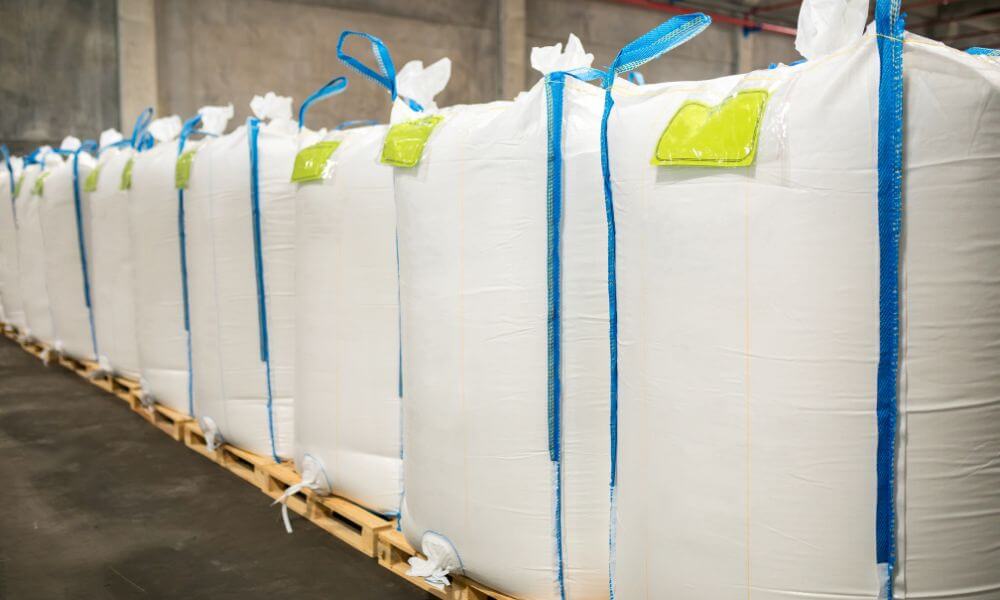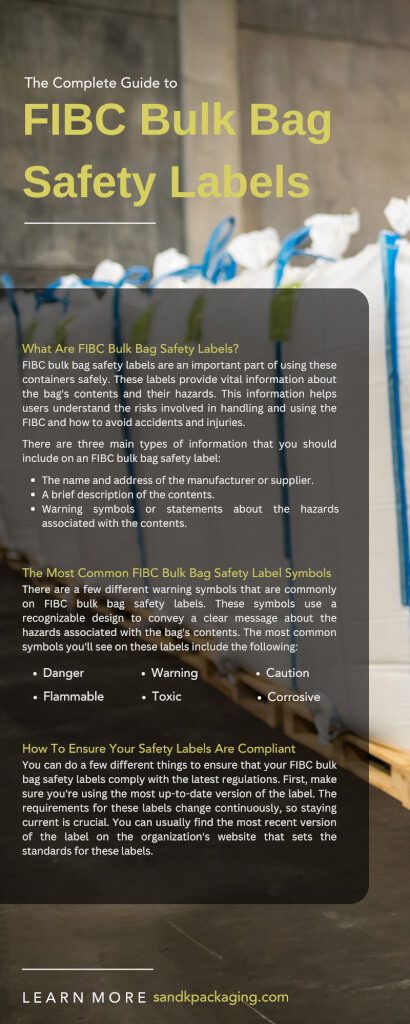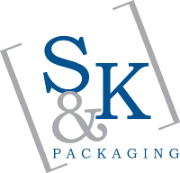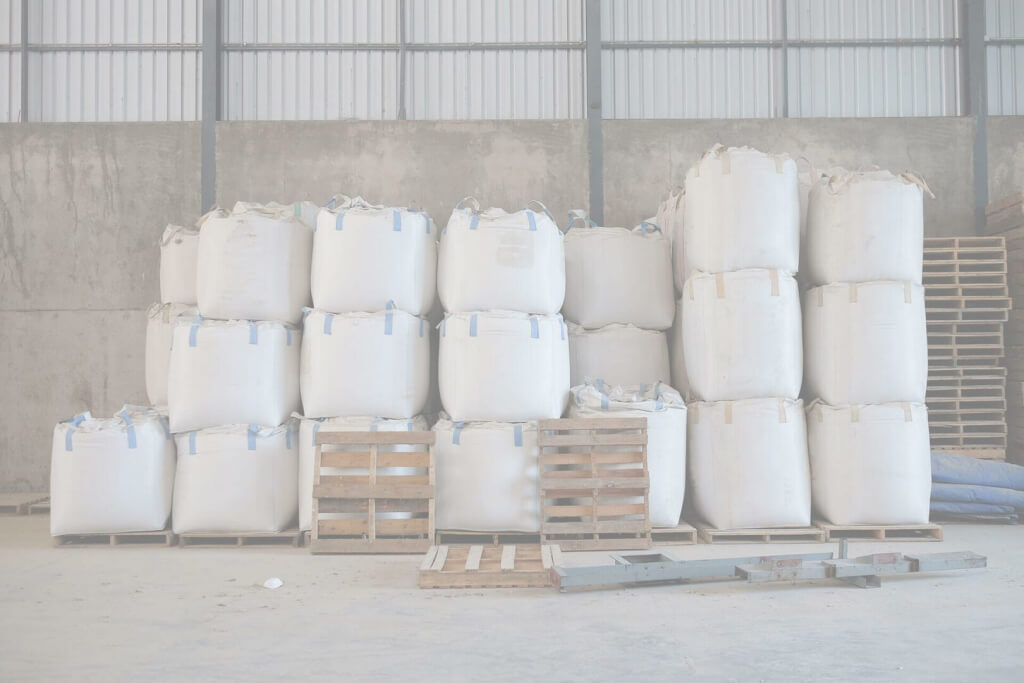
When you own or operate a business that uses large bulk bags to store and transport materials, it’s essential to be aware of the dangers associated with these containers. While flexible intermediate bulk containers (FIBCs) are durable and work well to keep you safe, there are still some risks involved when using them.
One of the best ways to mitigate these risks is by ensuring that you properly label FIBCs with the correct safety information. In this guide, we’ll walk you through everything you need to know about FIBC bulk bag safety labels, including what information needs to be on them and where to find the correct labels for your bags.
What Are FIBC Bulk Bag Safety Labels?
FIBC bulk bag safety labels are an important part of using these containers safely. These labels provide vital information about the bag’s contents and their hazards. This information helps users understand the risks involved in handling and using the FIBC and how to avoid accidents and injuries.
There are three main types of information that you should include on an FIBC bulk bag safety label:
- The name and address of the manufacturer or supplier.
- A brief description of the contents.
- Warning symbols or statements about the hazards associated with the contents.
The manufacturer’s or supplier’s name and address help users identify the source of the FIBC in case there are any questions or concerns about the bag’s contents. The description of the contents should be brief and to the point, clearly identifying what material is inside the FIBC.
Warning symbols or statements are perhaps the most critical part of an FIBC bulk bag safety label. These warnings help users understand the risks associated with the bag’s contents and how to avoid them. Various warning symbols may be on them, so it’s important to familiarize yourself with the most common ones.
The Most Common FIBC Bulk Bag Safety Label Symbols
There are a few different warning symbols that are commonly on FIBC bulk bag safety labels. These symbols use a recognizable design to convey a clear message about the hazards associated with the bag’s contents. The most common symbols you’ll see on these labels include the following:
Danger
This symbol indicates that the contents of the FIBC present a very high risk of severe injury or death if you do not handle them properly. It is essential to take extra care when using FIBCs labeled with this symbol.
Warning
The warning risk symbol is on dangerous FIBCs. Be careful when handling any FIBC with this symbol to avoid potential harm.
Caution
Although this symbol suggests that the contents of the FIBC present little threat if mishandled, you should still use caution.
Flammable
Keep this FIBC away from heat or flames, as its contents are flammable. Don’t smoke near this type of FIBC, and be sure to store it in a cool, dry place.
Toxic
This symbol indicates that the contents of the FIBC are toxic and can cause serious health problems if inhaled, ingested, or comes into contact with the skin.
Corrosive
This symbol indicates that the contents of the FIBC are corrosive and can cause severe damage to the skin, eyes, or respiratory system if you don’t handle them properly.
How To Ensure Your Safety Labels Are Compliant
You can do a few different things to ensure that your FIBC bulk bag safety labels comply with the latest regulations. First, make sure you’re using the most up-to-date version of the label. The requirements for these labels change continuously, so staying current is crucial. You can usually find the most recent version of the label on the organization’s website that sets the standards for these labels.
Second, ensure that all the information on your FIBC bulk bag safety label is accurate. This information includes the manufacturer’s or supplier’s name and address, a brief description of the contents, and any warning symbols or statements. If any of this information is inaccurate, it could lead to serious problems if someone has an accident when using the bag.
Finally, make sure that your label is visible and legible. The label should be in a spot where it can be easily seen and read by anyone using the FIBC. If the label is not in the correct spot, it could lead to an accident.
These tips will help ensure that your FIBC bulk bag safety labels are compliant and effective.
What To Do if You Have an Accident With an FIBC Bulk Bag
If you have an FIBC bulk bag accident, you should seek medical help if you or someone else gets injured. Then, you should report the accident to the manufacturer or supplier of the bag. They will likely want to investigate the cause of the accident and take steps to prevent it from happening again. Finally, you should also contact the organization that sets the standards for these labels to inform them about the accident.
Reporting an accident is integral to ensuring the safety of everyone using FIBCs. Doing so can help prevent future accidents and ensure these bags are safe.
The best way to avoid having an accident with an FIBC bulk bag is to follow the instructions on the label carefully. If you’re unsure how to use the bag safely, you should contact the bag manufacturers for more information. And, if you have an accident, report it so that you can take proper steps to prevent it from happening again.
Learning how to use and store FIBCs safely is essential for anyone who works with these bags. Following the tips in this guide can help ensure that you and those around you stay safe when using these bags. The last thing you want is for an accident to happen, so make sure to take the necessary precautions.
S & K Packaging can help you with your bulk bag needs, including customizing your bulk bags with a printed label. We also offer a wide variety of stock bags ready to ship. Give us a call today to learn more about our products and services!


